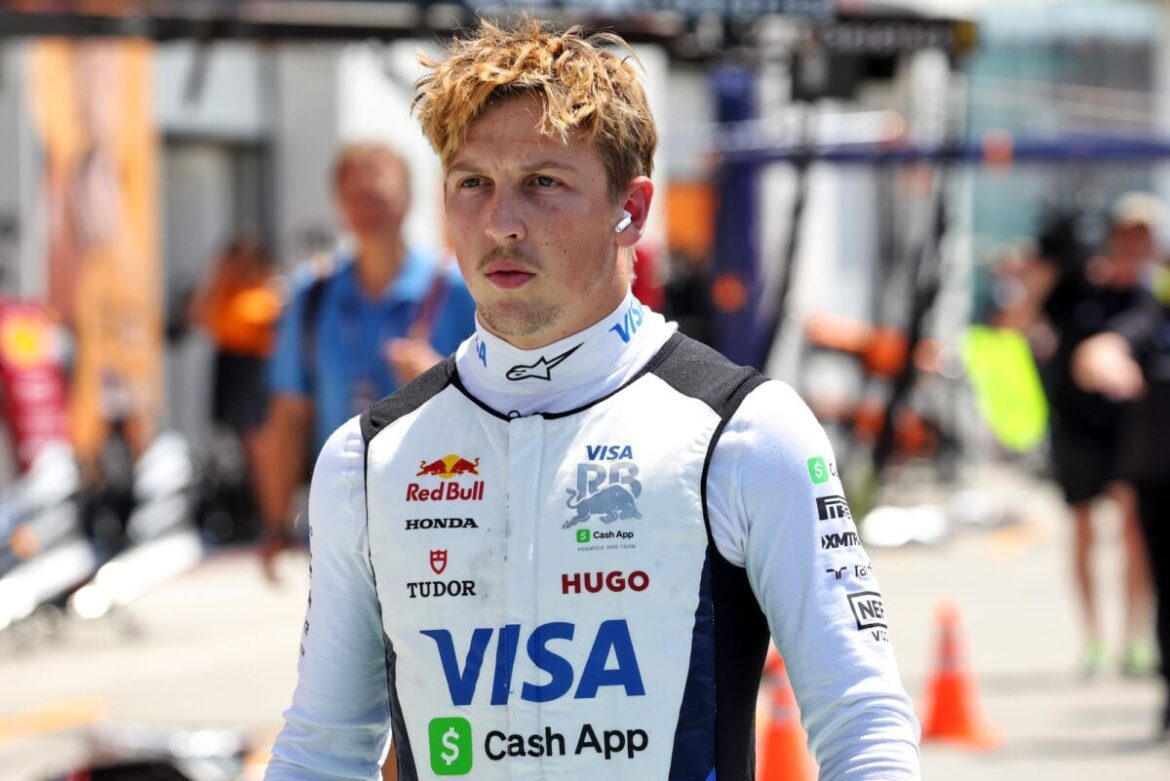Liam Lawson Supports Alex Albon Amid FIA Penalty Criticism
Liam Lawson has come forward to back Alex Albon from Williams after the Thai driver voiced his concerns regarding the FIA’s (Fédération Internationale de l’Automobile) penalty criteria. The new regulations, set to be implemented in 2026, were unveiled by the federation on Thursday, and Albon, along with his fellow competitor from Racing Bulls, expressed reservations about them.
Albon’s Concerns on Racing Dynamics
Albon has been vocal about his dissatisfaction with the current racing dynamics, particularly referencing a situation during the race in Barcelona. "I don’t like the way we’re racing at the moment. Barcelona, turn one, was a prime example of this," he stated, as reported by RacingNews365. He elaborated on the issue by explaining that when another car corners you and doesn’t provide space, it technically becomes their turn. "But when you’ve committed so much to your line, your only options are to either go off the track or cut the corner," he added. Albon emphasized that there are still “gray areas” in the regulations that warrant a thorough review.
Lawson’s Perspective on the Matter
When asked about Albon’s comments prior to the Austrian Grand Prix, Lawson not only acknowledged the validity of Albon’s concerns but also admitted to having experienced both sides of the situation—being the driver defending a position and the one forced to leave the track. "Absolutely, 100%. If I were in his position, I would be extremely frustrated because that’s exactly what we are dealing with," the New Zealand driver commented.
Lawson recounted a similar incident he had with Fernando Alonso in Miami, which resulted in Alonso crashing into the wall, although Lawson clarified that it was never his intention to cause such an outcome. "The problem is that, under the current rules, if you are pushed off but manage to return, you still face penalties. I’ve experienced this from both sides, and I fully understand the frustration. In a race, we do what we need to do," he concluded.
Understanding the Regulations
The regulations in question stipulate that a driver defending their position has the right to choose their braking line as long as they don’t make sudden movements. However, if an opponent attempts an overtaking maneuver from the outside and gets pushed off the track, the responsibility falls on the driver who attempted the risky maneuver, even if the only way to avoid a collision is to leave the racing line.
The Impact of New Regulations
As the racing community anticipates the implementation of the new regulations in 2026, the discussions surrounding the criteria for penalties have intensified. Drivers like Albon and Lawson are advocating for clearer guidelines that minimize ambiguity. The complexities of racing dynamics require that both the drivers and governing bodies engage in constructive dialogue to ensure that safety and competitive fairness are maintained.
The Need for Clarity in Racing Rules
One of the central themes in the conversation surrounding the FIA’s new rules is the necessity for clarity. The gray areas in the regulations can lead to confusion and inconsistency in penalty enforcement, which can significantly impact race outcomes. As Lawson pointed out, both drivers and fans want to see a fair competition free from unnecessary penalties that may stem from misinterpretations of the rules.
The Role of Drivers in Shaping Regulations
Drivers have a critical role in shaping the regulations that govern their sport. As they share their experiences and concerns, it’s essential for the FIA to take these insights into account. Albon and Lawson’s willingness to voice their opinions reflects a broader desire among drivers to foster a collaborative approach to rule-making that prioritizes both safety and the spirit of competition.
The Future of Formula 1 Racing
As Formula 1 continues to evolve, the dialogue surrounding rules and penalties will remain an integral part of the sport. The excitement and unpredictability of racing are what draw fans to the track, but maintaining a balance between thrilling competition and safety is paramount. The upcoming regulations will likely spark even more discussions as teams and drivers adapt to the changes.
Analyzing Past Incidents
Looking back at past incidents can provide valuable lessons for both drivers and governing bodies. Lawson’s experience with Alonso serves as a reminder that racing is inherently risky, and the dynamics of competition can lead to unexpected outcomes. The FIA must consider these incidents when formulating new rules to ensure that they address existing issues while promoting safe racing practices.
Engaging with the Fan Base
The dialogue surrounding racing regulations is not limited to drivers and officials; fans are also an essential part of Formula 1’s ecosystem. Engaging with the fan base can provide insights into what spectators value in the sport. Transparency in rule changes and the rationale behind penalties can help maintain the trust of fans and ensure that they remain invested in the races.
The Importance of Communication
Effective communication between the FIA, teams, drivers, and fans is vital for the ongoing evolution of Formula 1. As the sport adapts to new challenges, fostering an environment where all stakeholders feel heard and valued will be crucial. The insights gathered from drivers like Albon and Lawson can contribute to a more cohesive understanding of the rules and their implications.
Conclusion
In the ever-evolving landscape of Formula 1, the voices of drivers like Liam Lawson and Alex Albon are instrumental in shaping the future of racing regulations. As discussions continue around the FIA’s penalty criteria and the new rules set to be implemented in 2026, it’s essential for all participants in the sport to engage in constructive dialogue. The complexities of racing dynamics require a collaborative approach to ensure that both safety and competitive fairness remain at the forefront of the sport.
By addressing the gray areas in the regulations and fostering open communication among drivers, teams, and fans, Formula 1 can continue to thrive as a premier motorsport, captivating audiences around the world while upholding the integrity of the competition.
